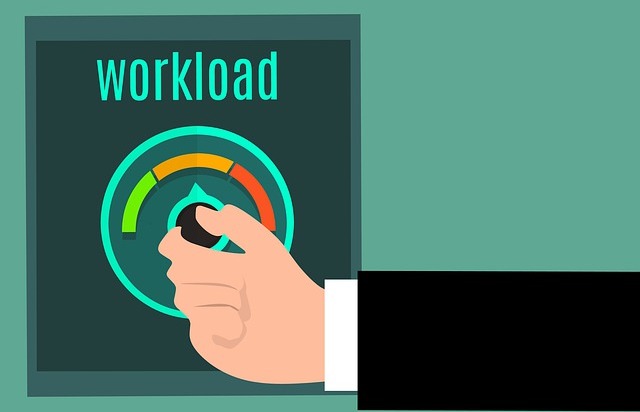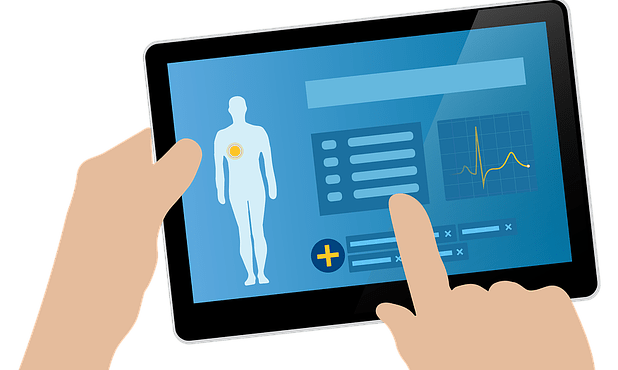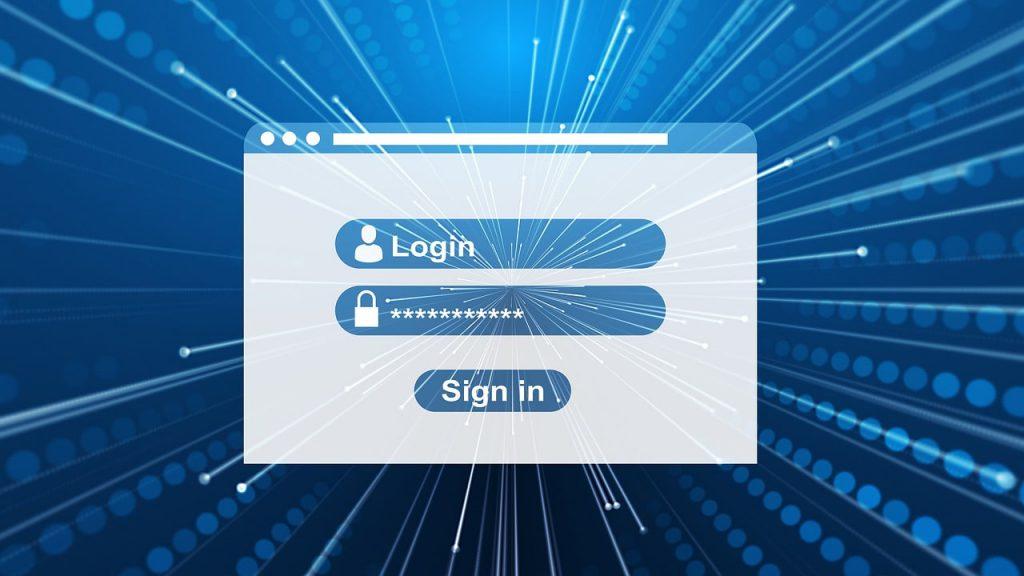If you look back a decade ago, there was a lot of pushback with electronic health records (EHRs) in the healthcare industry. Professionals in the field felt that those early EHRs actually had a negative impact on the provider/patient relationship.
Providers lamented at how much time they spent using their computer during appointments rather than focusing on the patient.
The technology has steadily advanced, though, and effective EHRs have become a well-rounded asset in the doctor/patient relationship. They no longer impede treatment, they facilitate it.
Patient portal software is one of the most important ways EHRs have improved patient care and satisfaction.
Most generally, patient engagement tools grant the patient access to their medical records. It allows patients to use the software in a way that is beneficial to them, or a way they find value in.
Patient engagement tools are usually available through an EHR’s Patient Portal, now a standard feature across the industry.
The level of engagement that a patient portal offers is not standardized, though. The quality of engagement tools can vary greatly from one EHR vendor to the next.
As a result, we have highlighted three specific ways a modern patient portal can enhance patient treatment and customer satisfaction at your facility:
- Enhanced Communication Between Patient and Provider
- Treatment Extended to Outside of the Office
- Patient Ownership of Personal Health Information
1) Enhanced Communication Between Patient and Provider
Perhaps the most concrete benefit of a patient portal is the lines of communication it opens up between the patient and your organization.
The idea is to engage patients before and after their appointments, not just during them. As a result, their care becomes more comprehensive and your operation becomes more efficient.
For example, many administrative steps can be completed through a patient portal to help move a patient’s treatment along.
Quality engagement tools give patients the ability to:
- Send secure messages to doctors/clinicians
- Schedule appointments
- Confirm or cancel appointments
- Receive appointment reminders (text message or email)
- Pay balances with a credit card
- Sign forms
Having a patient complete any, or all, of these tasks without stepping foot in the office reduces the workload on your staff and increases operational efficiency. Each time a patient advances their treatment in the patient portal, that is one less thing your admissions, the clinical, medical, or financial staff has to spend the time doing.
Though these may seem like rather small elements of a patient’s care, the cumulative time saved at your facility can be quite substantial.
By engaging patients through the portal, your staff will have less on their plates during their shifts. This can help prevent your staff from getting burned out from those repetitive, yet important tasks.
Minor protections against burnout like this raise the level of attention and care they give to the patients that are in the office.

Effective patient engagement tools are also very valuable at organizations treating younger patients. More often than not, the parents of children or adolescents will drive their treatment.
Quality patient portals account for this necessary family access. The guardians of young patients can get access to young patients’ records in these cases.
The option for a guardian to sign off on forms or consent to certain things through a portal contributes to the efficiency of these facilities. Furthermore, it offers a family unit the flexibility to navigate their dependent’s treatment in a way that suits them best.
2) Treatment Extended Outside the Office
Besides the administrative benefits of patient engagement tools, a patient portal gives your organization the chance to explore treatment options outside the office as well.
For example, a therapist may be able to “assign homework” to their patients through a patient portal. This homework can be anything that supports or enhances the patient’s treatment in a real-world setting.
In a field like behavioral health, it is common for patients to develop unhealthy habits. These habits can be extremely hard to break.
However, if a patient is open to receiving treatment beyond their scheduled appointments, a therapist can work to break those behavioral habits with a number of engagement tools.
Consider a patient with clinical depression and anxiety. A therapist can administer assessments designed to support them when challenges in their everyday life occur. These assessments could be something like an anxiety rating scale that tracks which types of situations create certain levels of anxiety in a patient.
A therapist can then look at this information and more easily identify potential anxiety triggers. Over time, they can better determine how to treat that patient if they can review a record of their anxiety issues.
Or, the assessment can be more educational, such as a collection of coping mechanisms for certain anxiety-inducing environments.
Either way, the patient portal gives patients a place to go, at any time, to continue or receive treatment.
It is a great reminder for patients to take their care home. Plus, it promotes the development of more adaptive behaviors in every facet of their life.

3) Patient Ownership Of Personal Health Information
A fairly new development in healthcare is an interest of the patient to take ownership of their physical health and medical records.
This has become even more prevalent as treatment approaches such as measurement-based care or recovery capital continue to gain popularity. Many people want as much information about their health as possible so that they can make the most informed medical choices.
Effective patient portals are essentially a hub of a patient’s medical information and records. If your facility is using a powerful EHR, all the treatment a patient receives should be well documented and available to the patient.
For those that are interested, the cumulative data from all the treatment they received at your organization can provide patients with a holistic view of their progress and condition.
Granted, some patients do not have the desire to participate so actively in their care. They may be satisfied with simple appointment reminders or messaging through the patient portal.
However, if patients have all their health information at their fingertips, you can greatly improve customer satisfaction with the patient population that values such data.
Ideally, EHRs and patient engagement tools should empower patients to be as involved in their care as they want to be.
A great engagement tool that is relevant to this is the ability to export health data to external providers. That way, the patient’s who want a full view of their health can extend their continuum of care beyond your services.

The Modern Virtual Care Environment
Strong patient engagement is critical in providing patients with a comprehensive and satisfactory treatment experience.
We hope you have a better idea of what to look for and value in an EHR patient portal.
The patient portal is the hub and the foundation of the modern virtual care environment, which has become more integral than ever since the pandemic started. In order to deliver excellent care during this time, providers must be able to thoroughly engage their patients digitally.
Are you confident in the scope of your virtual care environment?
Matthew Prete, Sigmund’s VP of Software Development and Information Technology, recently presented a webinar that examined the true potential of the virtual care environment. He explores a variety of crucial patient engagement solutions that allow providers to deliver thorough and patient-centered care, even under the constraints of the pandemic.
If you want to see what a dynamic and exhaustive virtual care environment looks like, you can view his presentation in full by clicking the button below.
Virtual Care Is So Much More Than Telehealth: Embracing all the Tools of the Digital Care Environment
Watch Now!

